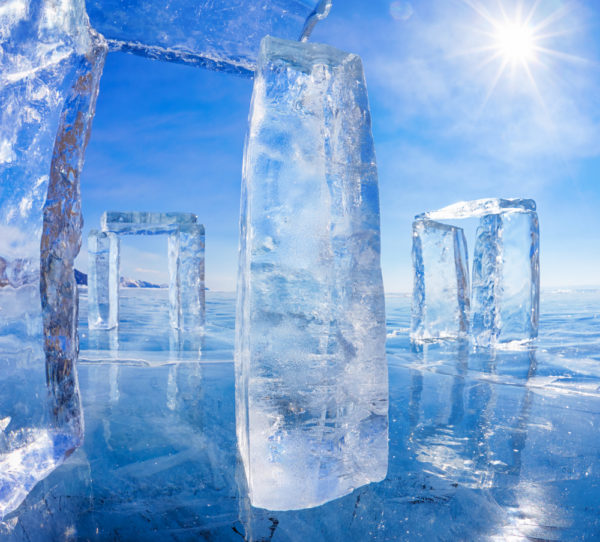For many of us on Earth this year, celebrating the first day of winter, astronomically speaking, is more than a yearning for snow-covered landscapes and sips of hot chocolate — It also means we’re closer than ever to the end of the year … and the beginning of a new one!
But the winter solstice is an astronomical marvel in its own right. Today, the Northern Hemisphere experiences the fewest hours of daylight for the year all because of our blue marble’s tilt as it treks around the sun. This year’s winter solstice is doubly special, as it’s the day that Jupiter and Saturn will appear to almost touch in an event called the great conjunction.
Although the solstice gets an entire day of recognition, it happens in an instant: At 5:02 a.m. EST (10:02 a.m. GMT) on Monday (Dec. 21), when the North Pole is at its farthest tilt of 23.5 degrees away from the sun. This position leaves the North Pole beyond the sun’s reach, and plunges it into total darkness, according to EarthSky.org.




Thus makes me all warm and tingly inside. I love these lil tidbits you share. The longest night is my favorite of the whole year. Thanks for sharing.